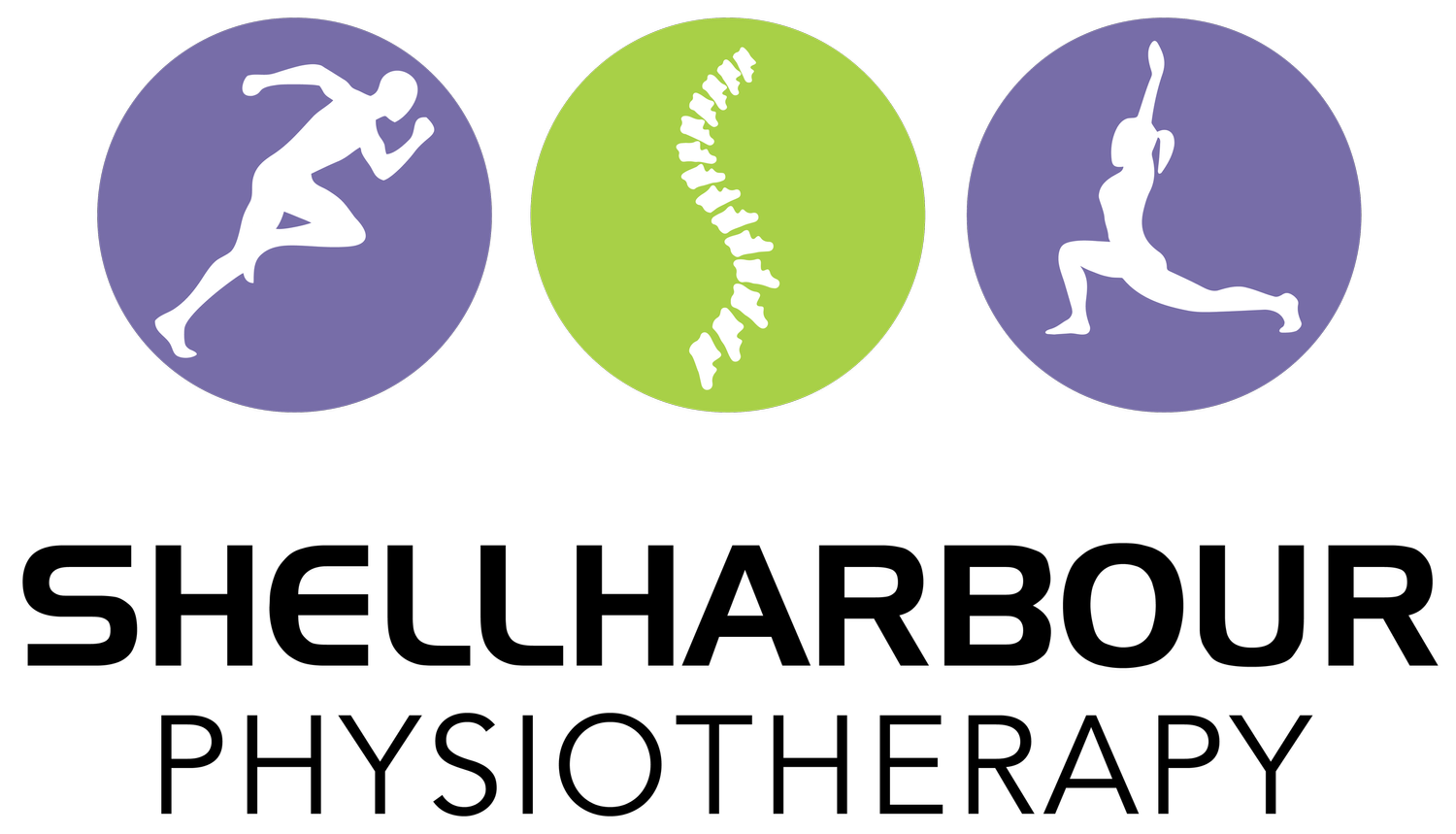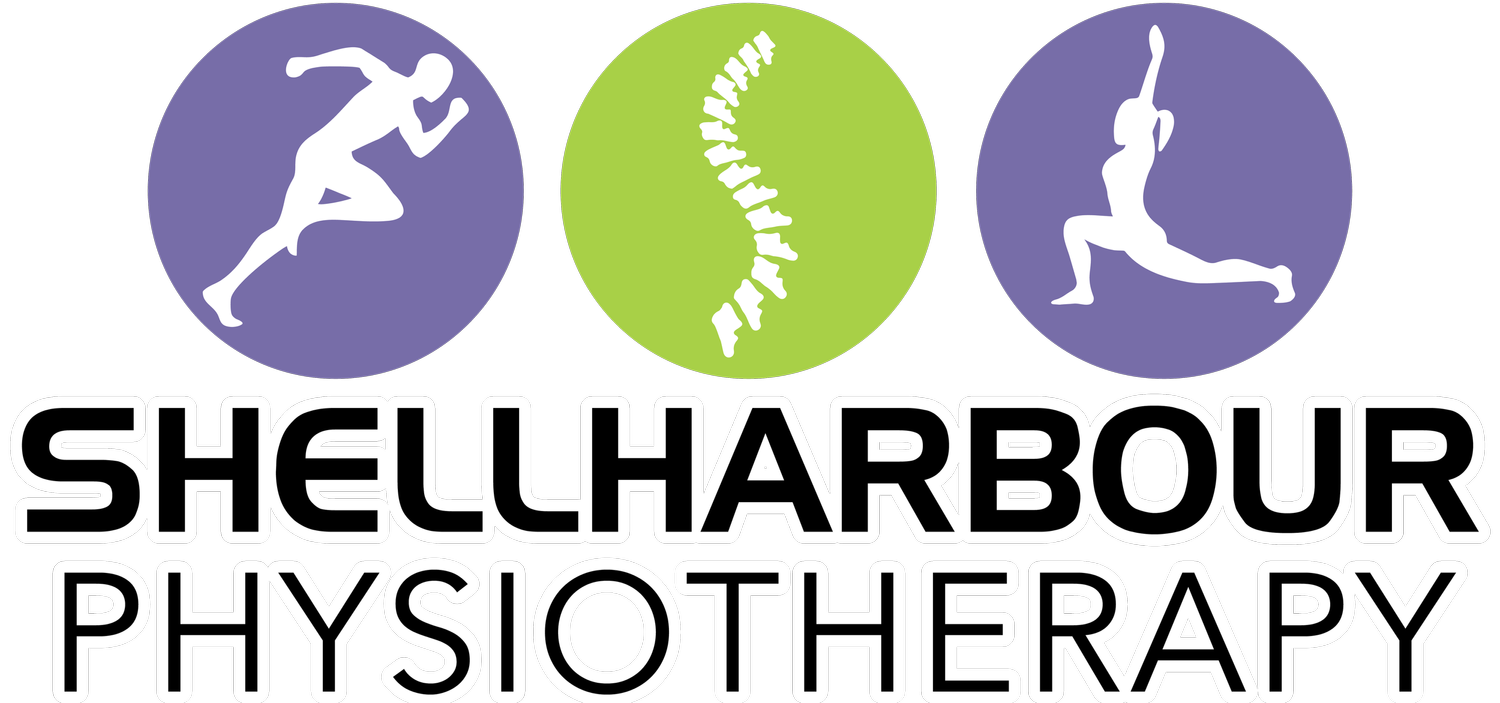FIXING A FLAT! WHAT IS PLAGIOCEPHALY AND HOW CAN PHYSIO HELP?
Plagiocephaly (pronounced “play-gee-oh-kef-a-lee”) is a condition involving the bones of the skull in babies. When it occurs on its own, it is known as deformational plagiocephaly, or positional plagiocephaly. Plagiocephaly can also occur alongside a condition known as torticollis.
PLAGIOCEPHALY
Babies have very flexible bones in the head so they can be prone to positional deformities. A baby with positional plagiocephaly will have an asymmetrical head shape and a flat spot on one side at the back.
If left untreated this skull asymmetry can lead to facial asymmetries and a protrusion of the forehead on one side. It does not affect the development of the brain.
Signs, Symptoms and Causes
It is quite common for a baby’s head to be abnormally shaped after birth due to their position in utero and the forces and interventions involved in delivery. If the head shape continues to be abnormally shaped assessment is important.
Signs and Symptoms include:
Misshapen or asymmetrical head shape
Associated bald patch on one side
Uneven ear height
Facial asymmetries – cheek size, eye position, forehead
Baby only looking one way
Causes:
Position in utero – getting quite cramped, multiple births
Delivery and labour – instrument use
Prematurity – bones are more immature and soft
Positioning after birth – lots of time in one spot, aversion to tummy time (reflux babies)
Tight neck muscles (torticollis)
Link to torticollis
Torticollis is a condition in which neck muscles become very tight in a baby. This results in a reduction in range of motion to turn and tilt the head, and can even present with a tumour-like mass in these muscles. These tight neck muscles make it quite difficult for a baby to be able to freely move and turn their head, as a result there is a very significant chance of developing a secondary plagiocephaly. In babies presenting with plagiocephaly it is essential to assess their neck musculature, posture and range of motion to rule out a torticollis.
How we ASSESS plagiocephaly
At Shellharbour Physiotherapy, we use a visual scale to rate a babies plagiocephaly severity, as well as measure the asymmetry of the skull using a craniometer. We also assess the neck as mentioned above, screen for cranial synostosis, and assess and screen for other ‘packaging’ conditions of the spine, hips and feet. With intervention, the aim is to reduce the skull asymmetry and prevent any further asymmetries especially to the face.
Discussing assessment results with a family
Craniometer to measure skull asymmetry
How we TREAT plagiocephaly
We encourage the natural resolution of plagiocephaly as it typically improves as the baby grows. However, if by 3-4 months a baby’s head shape remains asymmetrical, we suggest an assessment.
The most successful treatment is to encourage the baby to actively move to the side their head is not flat. We encourage this through play, by suggesting modifications to the baby’s environment and suggest carrying and feeding positions to the parents.
In severe cases, or un-resolving moderate cases, we may suggest further assessment for helmet therapy. This involves craniofacial surgeons using a lightweight helmet device to gently reshape the baby’s head by taking the pressure off the flattened area and encouraging this area to grow. This has good results if performed at 6-8 months and completed before 12 months of age.
Treatment Summary
The goals of treatment for plagiocephaly are the same regardless of the severity: unloading the flattened side, strengthening the neck and core, and promoting active movement to non-flattened side.
Mild-moderate
Tummy time on a wedge for two young babies
Tummy time – to offload the back of the head completely (if a baby does not tolerate tummy time well, a wedge can help greatly)
Side-lying to non-flattened side to play
If playing on their back, place all toys and objects of interest to non-flattened side
Carry baby in hello world position, superman hold or to encourage looking out to non-flattened side
Baby undergoing helmet therapy
Using a baby carrier, belly to belly to again to encourage looking to non-flattened side
If your baby is moving their head during sleep – change their bed position to encourage lying on non-flattened side to what gets their attention (the window, the door where parents enter, a mobile etc.)
When placing baby down for sleeps, place with baby on back with non-flattened side down
Stretches and range of motion activities if a torticollis is present
Moderate-severe
As above PLUS
Helmet therapy
Resources for further reading
https://www.rch.org.au/kidsinfo/fact_sheets/Plagiocephaly_misshapen_head/
https://raisingchildren.net.au/newborns/health-daily-care/health-concerns/plagiocephaly
https://rednose.org.au/article/what-is-plagiocephaly-flat-head





